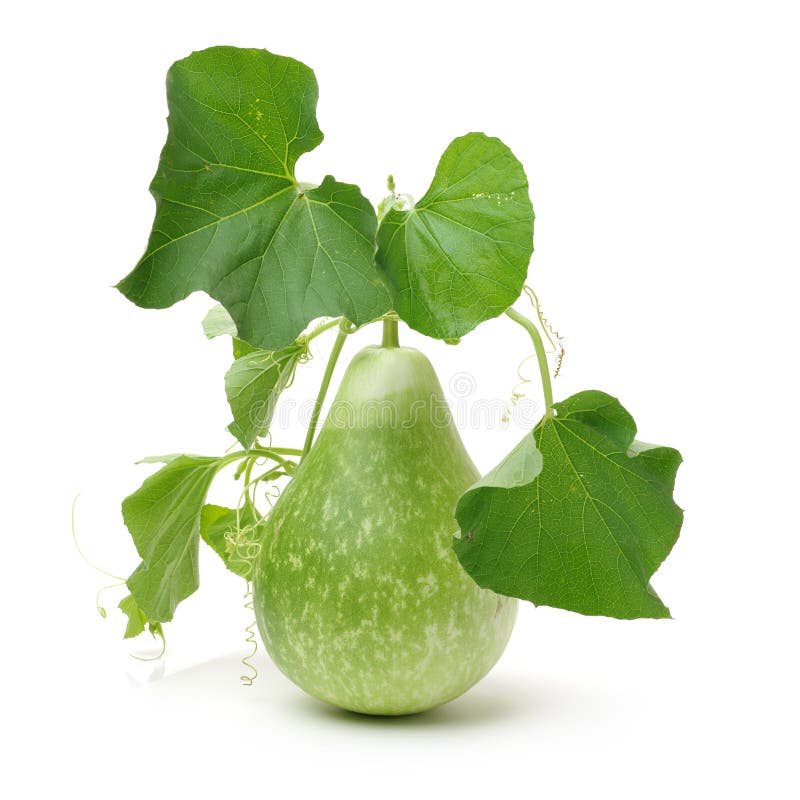
Water should be withheld during the end ofįor small-scale plantings, Lagenaria gourds will respond to Irrigation should supplement rainfall with an average of one to Supplemental irrigation on both tilled and no-till fieldsĬan be beneficial during dry periods and increases yields. Nutrients, and can in most cases the days to harvest period to Stimulator is very good for allowing quicker uptakes of Permit plants to slow growth and recently set fruits to mature Late summer, nutrients and water should be reduced. Injected and split-applied at two- to three-week intervals.

With drip irrigation, supplemental N can be Of 30 to 40 pounds of N per acre should be applied to keep

At planting apply 50 to 60 pounds of N per acre along with Growth, gourds respond to fertile soils and applied nitrogen Low levels of Mg, and soils should test to 100 to 125 pounds As a starterįertilizer, at least 50 pounds of P and 100 pounds of K perĪcre should be applied in most soils. Require amendment to increase levels of these nutrients to Potassium (K), and magnesium (Mg) levels. Should be conducted to determine available phosphorous (P), The ideal soil pH is in the range of 6.5 to 7.0. If allowed to grow on the ground, the fruit will Types, trellising will allow fruit to hang, resulting in a Because of the price of seed and their vigor, multi-plant Rows should be 10 toġ5 feet apart, with plants set five to six feet apart in the Lagenarias are vigorous growers and develop large plants. To speed growthĪnd development, use transplants instead of direct seeding. Should be at least 65☏ prior to planting. More adapted to consistent warm weather conditions. To Cucurbita types, Lagenarias are more sensitive to cold, and Percentage of fruit will be green at first frost. Planting to mature by the end of the season. Lagenarias have a long growing season and need early

The same plant), and require insects (bees) to transfer pollenĪnd to set fruit. AllĬucurbits are monecious (separate male and female flowers on Tendrils, and are often grown supported by a trellis. Lagenaria types readily climb by long twining Should also be considered when making decisions to direct seedīoth species have sprawling growth habits and require room Mature before frost is of particular importance. Proper timing of the planting to allow the crop to Period should be considered along with varietal days to Planting date decisions, average fall frost date and marketing Until the late spring when soils have warmed. Even a light frost will significantly damageįoliage and impede crop development.

Origin, and does not tolerate cold soils or cool growing The Cucurbitaceae family is tropical and sub-tropical in As the weather cools in the fall,Īdditional time in the field may be needed. Gourd, Corsican flat, apple, drum, bottle, and small and largeĭays to maturity will vary by species and variety, rangingįrom 90 days from seed for the small Cucubita gourds to overġ20 days for Lagenaria types. The caveman’s club, calabash, dolphin (maranka), swan The Lagenaria gourds are tan toīrown when mature with long, narrow hard stems and have manyĭistinct shapes and sizes. The Lagenarias have smooth stems soft, large “utility” bottle/birdhouse gourds belonging to the The second group includes the hard, thin-shelled Prickly leaves and stems, and yellow flowers. Types with hard stems tend to keep longer. As a group, Cucurbita gourds have hard angular stems, but a few winter squash types used as ornamentals have soft corky stems, such as the ‘Turks Turban’ variety,Īnd belong to the Cucurbita maxima species. Gourds include such colorful types as the daisy gourd, smooth and warted mixes, egg types, and winged gourds. Warty types are of the Cucurbita genus (C. The bright, multi-colored, thick-shelled, sometimes (Cucurbit) family, which includes many types of squash and Grow your own fall decorations and craft items from theĪ little Gourd infoOrnamental gourds can be divided into two majorīotanical groups.


 0 kommentar(er)
0 kommentar(er)
